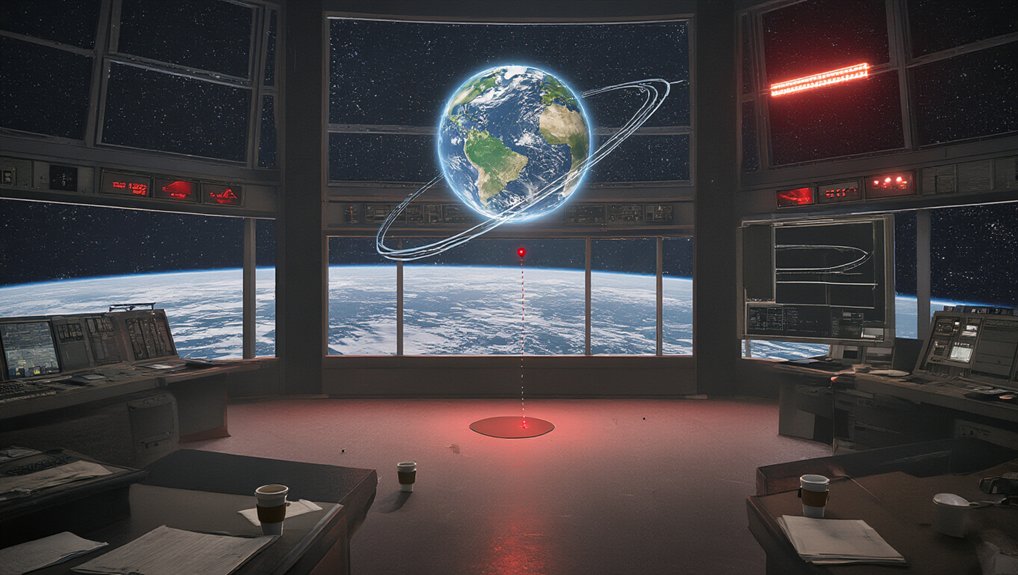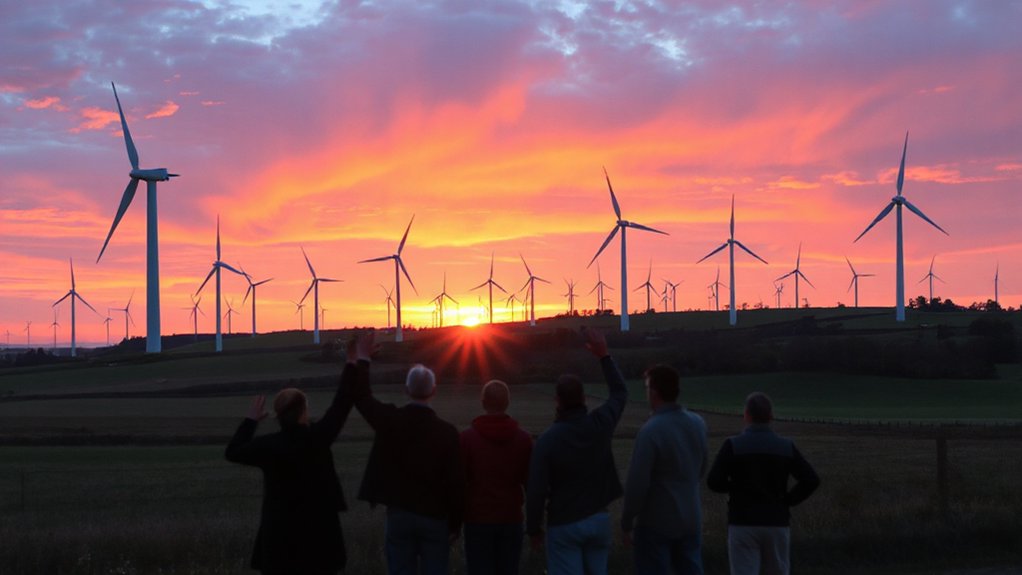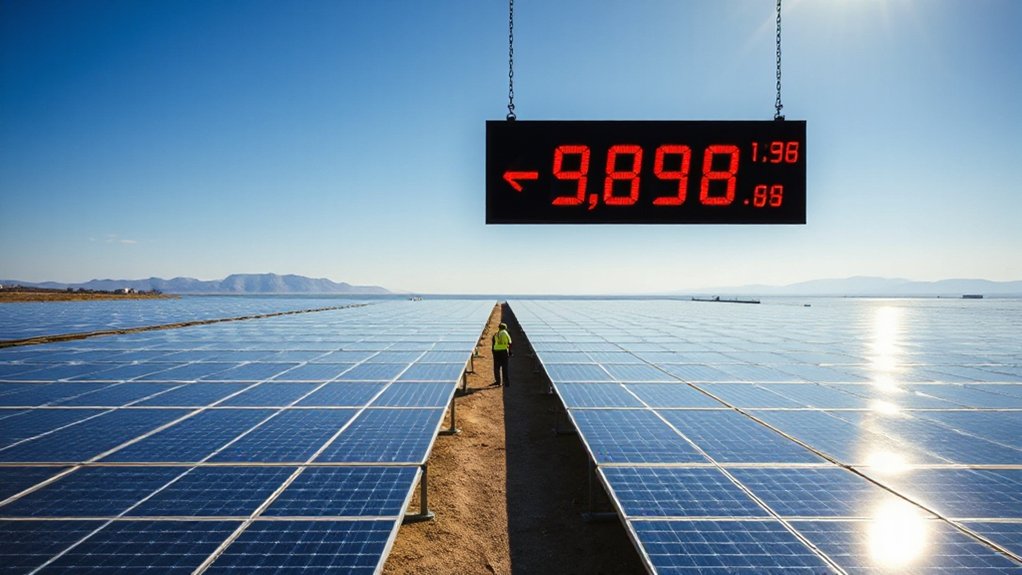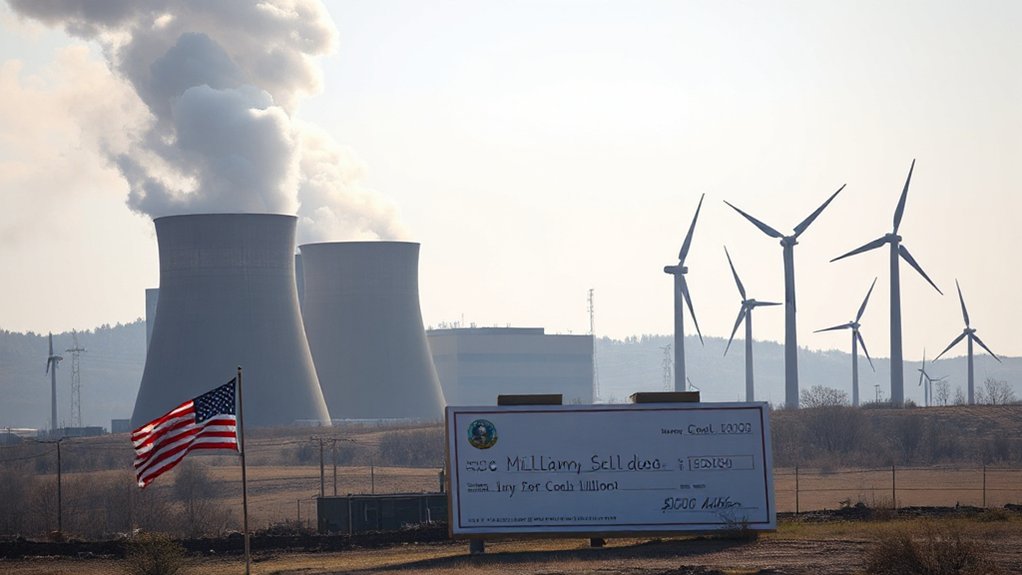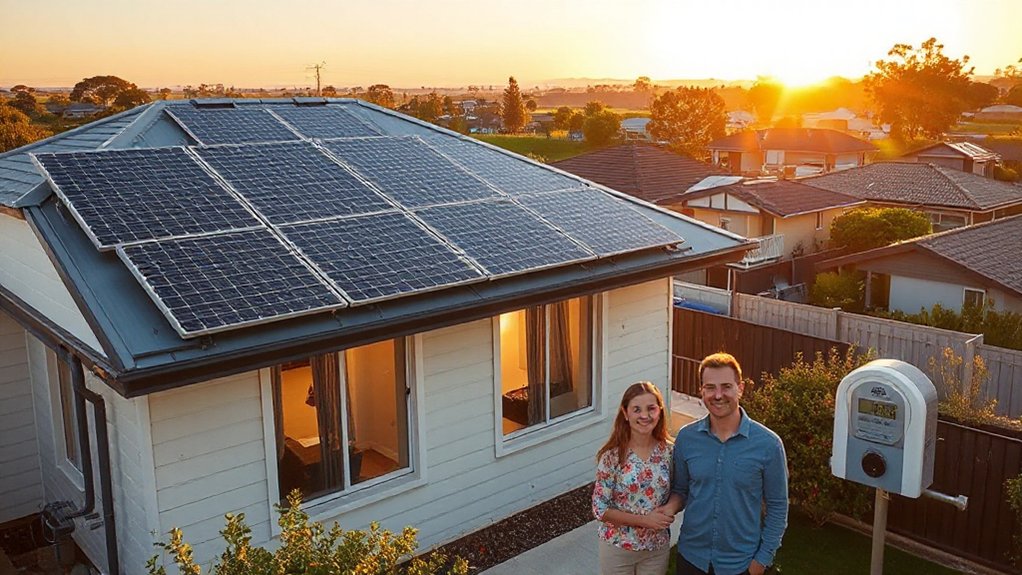After years of community activism demanding better air quality monitoring, Chicago is launching an ambitious plan to install nearly 300 air pollution sensors across the city by summer 2025. The network aims to be the largest urban sensor system in the United States, providing detailed air quality data in neighborhoods that have historically suffered from pollution.
The Chicago Department of Public Health (CDPH) will oversee the deployment of 277-300 sensors, far exceeding federal requirements for air monitoring. Current federal guidelines only require two SO₂ monitors for the entire Chicago metropolitan area. The city’s plan will focus on areas with high population density and communities that have faced environmental injustice.
The project began in early 2023 with research and grant planning. Throughout 2023 and early 2024, officials selected sensor types and established partnerships. By autumn 2024, sensors will arrive at CDPH, and the project team will start meeting with city partners. Installation will occur throughout 2025.
The network will combine high-quality reference sensors with low-cost advanced sensors to track multiple pollutants including particulate matter, ozone, and SO₂. All sensors will undergo calibration with Illinois EPA monitoring stations to guarantee accuracy. Research has consistently shown that Westside and Southside communities experience the worst air quality issues in the city. Once operational, the data will appear on a public dashboard in near-real time.
Community input plays a key role in the initiative. An Advisory Board of community leaders and technical experts will guide sensor placement decisions. The Chicago Air Sensor Network Advisory Board will ensure hyperlocal air pollution estimates reflect actual community conditions. Residents can provide feedback through focus groups, online submissions, and community organization meetings. The city will also offer training sessions to help people understand the air quality data.
This effort responds directly to calls for greater environmental accountability in Chicago. The data will help identify pollution hotspots and inform future policy decisions. By making detailed air quality information available to everyone, Chicago hopes to address health disparities and empower residents with knowledge about the air they breathe every day.
References
- https://www.chicago.gov/content/dam/city/depts/cdph/environment/air-pollution/Chicago-Air-Sensor-Network-Discussion_02.14.2025.pdf
- https://epa.illinois.gov/content/dam/soi/en/web/epa/topics/air-quality/outdoor-air/air-monitoring/documents/2025-network-plan-final20240805.pdf
- https://www.youtube.com/watch?v=fIJVaExXe3U
- https://borderlessmag.org/2025/03/27/chicago-department-of-public-health-set-to-defend-environmental-justice-efforts-at-committee-hearing/
- https://poweringlives.comed.com/comed-drives-change-new-pilot-studies-air-pollution-in-chicago-communities/




